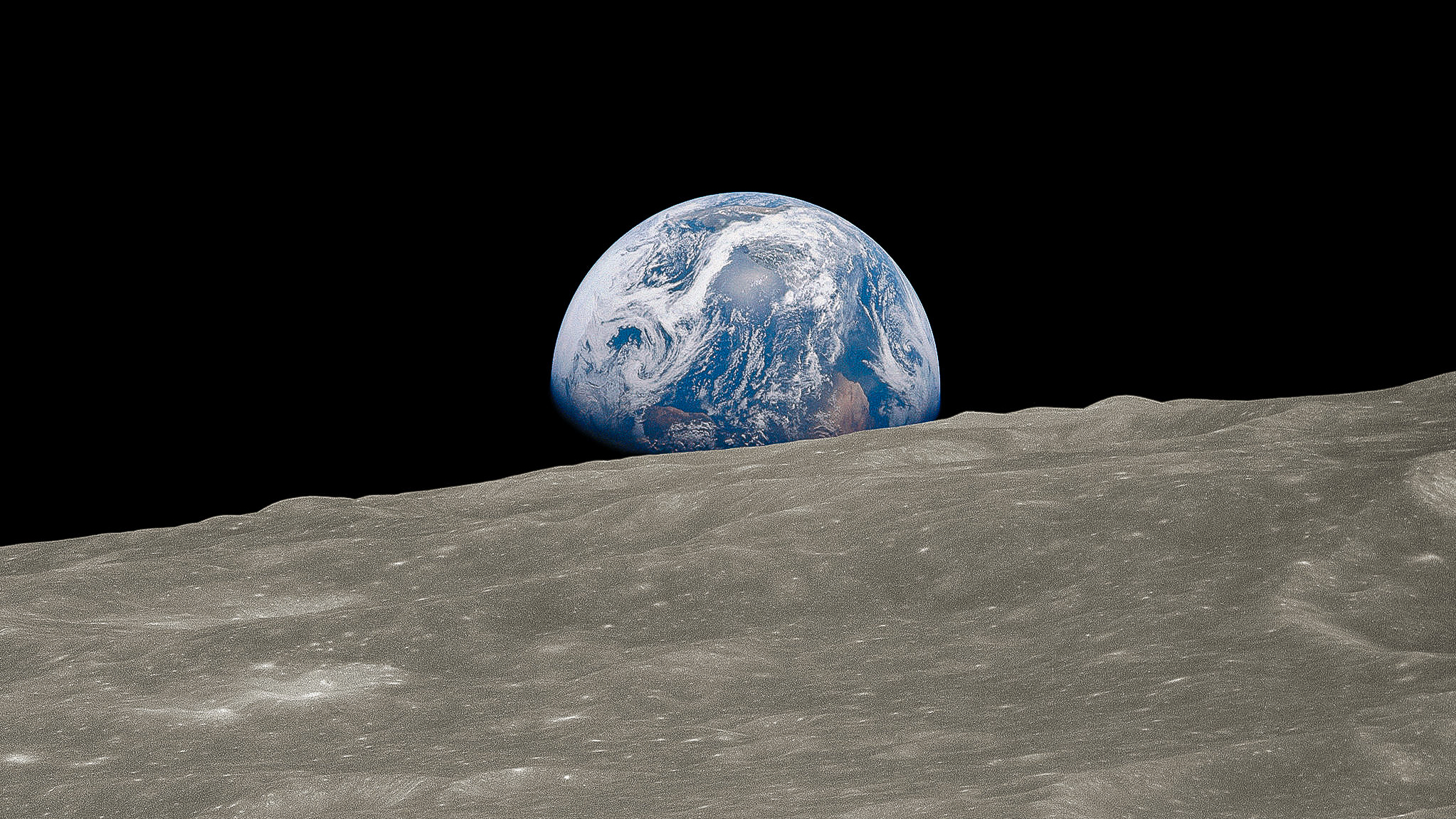
Earth Day celebrates its 54th birthday today. Since 1970, April 22 has become a day to reflect on the environment, and for people to share their concerns for the planet. Founded by a US senator, Earth Day has grown into a global phenomenon – with over a billion people expected to be engaged with the day across 190 countries.
This year the theme for the Day is Planet vs. Plastics - with a demand that there is a 60% reduction in the production of all plastics by 2040 - you can find out more about how you can get involved on the Earth Day website.
We’d come 240,000 miles to see the moon and it was the Earth that was really worth looking at
William Anders
What you may not know, is that the term Earth Day gets its name from an iconic image of our planet shot by American astronaut William Anders in 1968. Called Earthwise, the image is one of the best known in the whole history of photography - and legendary landscape photographer Galen Rowell described it as "the most influential environmental photograph ever taken".
The image was shot from Apollo 8, the first manned expedition to orbit the moon, on Christmas Eve. It partly was a matter of luck that Anders got the shot – as he was the one of the three astronauts onboard that was holding the camera loaded with color film, and fitted with a telephoto lens, as the Earth began to rise through the porthole.

It was the wonder of seeing the beauty of our blue planet from out of space for the first time that made it such an iconic image. "Our Earth was quite colorful, pretty, and delicate compared to the very rough, rugged, beat-up, even boring lunar surface", reminisces Anders. "I think it struck everybody that here we’d come 240,000 miles to see the moon and it was the Earth that was really worth looking at."
"That one picture exploded in the consciousness of humans," said former US Vice President Al Gore. "It led to dramatic changes. Within 18 months of this picture the environment movement had begun."
The image itself was one of a series shot by Anders using a modified Hasselblad 500 EL medium format camera, fitted with a 250mm lens, and loaded with Kodak Ektachrome film; the exposure was 1/250sec at f/11.
Read more:
Astrophotography from your backyard
Best lenses for astrophotography
How and when to photograph the moon







